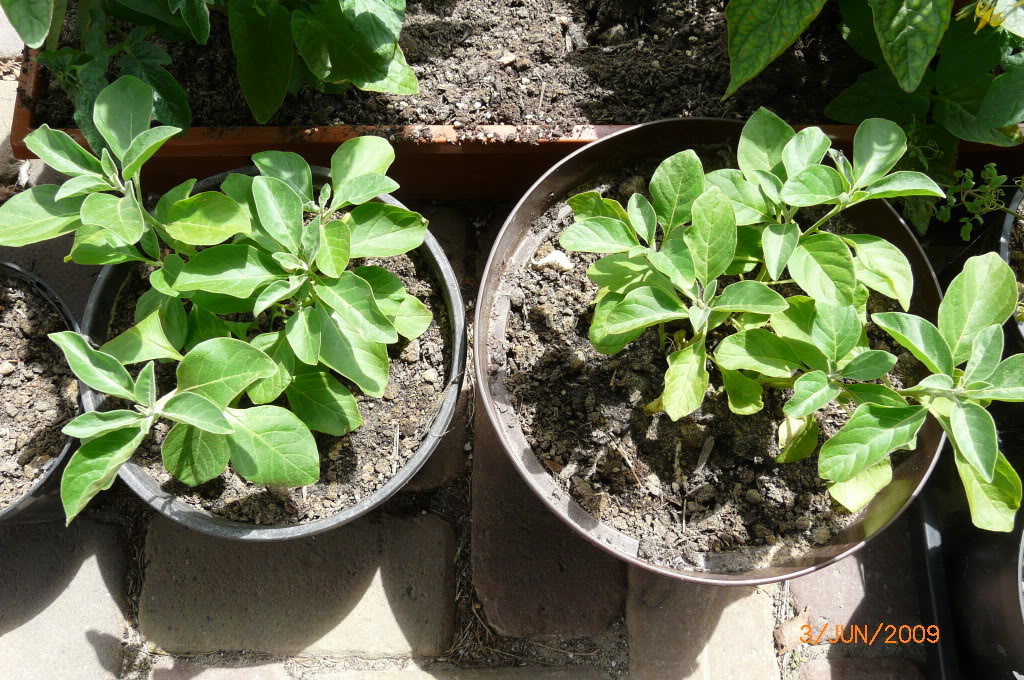Plant Extracts Used in Traditional Indian Medicine Eased Movement and Sleep Problems in Fly Model of ALS

Extracts of velvet bean and Indian ginseng, two plants commonly used in the Ayurvedic medicine of India, were found to ease sleep disturbances and hyperactivity in a fruit fly model of amyotrophic lateral sclerosis (ALS), while also rescuing locomotor function.
The study, “Standardized phytotherapic extracts rescue anomalous locomotion and electrophysiological responses of TDP-43 Drosophila melanogaster model of ALS,” was published in the journal Scientific Reports.
Previous studies found that alterations in the TAR DNA‐binding protein, called TDP‐43, is a major event in sporadic ALS and in fronto-temporal dementia.
TDP‐43 binds to RNA, the chemical cousin of DNA, regulating several key steps in RNA function, such as the conversion of messages encoded in the genome to produce proteins (a process called transcription).
Both loss of TDP‐43 and too much of it are linked to impaired motor behavior and the loss of motor neurons, nerve cells that control voluntary muscles.
Mucuna pruriens (Mpe), better known as velvet bean, and Withania somnifera (Wse), commonly called Indian ginseng, have been widely used in Ayurvedic medicine, one of the world’s oldest systems of medicine, for their potential in treating neurodegenerative disorders.
In a fruit fly model of ALS, researchers saw that treatment with Mpe and Wse eased locomotor — movement — problems in these animals.
Given these results and TDP‐43’s known importance to motor function, they hypothesized that “Mpe and Wse treatments may prove effective in restoring the function of motoneurons [motor neurons] in a partial TDP-43-loss-of-function Drosophila [fruit fly] model.”
A group of fruit flies were altered to express low levels of TDP-43 in their motor neurons. As a result, these flies had abnormal locomotion, seen as a significant increase in the time needed to climb, and showed problems with nighttime sleep.
Treatment with Mpe or Wse — given to the flies via food — significantly reduced the time spent climbing, suggesting partial recovery of the motor control. The TDP-43 mutant flies also showed hyperactivity compared to a control group of healthy flies, a problem that also diminished upon digesting Mpe and Wse.
Time spent in sleep was also shorter and sleep more disturbed in TDP-43 mutant flies than in control flies — with sleep disturbances being commonly observed in ALS patients. Treatment with Mpe or Wse significantly restored the length of time that TDP-43 mutant flies slept at night without an episode.
Researchers also examined the function of the dorsal longitudinal muscles used by the flies to move their wings. They looked specifically at the junction between motor neurons and muscle, and found that their “communication” was impaired in mutant flies relative to control flies.
Again, treating the mutant flies with Mpe or Wse significantly restored the communication at the neuromuscular junction to levels seen in the control group.
” Overall, the results reported in the present study suggest a novel and potential therapeutic approach toward the medication or at least the slow-down of the progression of ALS,” the researchers wrote, “and provide new evidences on the pathophysiology of this neurodegenerative disease suggesting future experiments to characterize the mechanism of this potential therapeutic action of Mpe and Wse.”
Overall, these results support the beneficial properties of Mucuna pruriens and Withania somnifera, two plants used in Ayurvedic medicine, to counteract several symptoms of neurodegenerative diseases, like ALS.
But, they added, while these plants have been used for centuries and are known to be safe, “cheap and easy to be administered” further studies are “necessary to assess the proper concentration and duration of treatment as these phytotherapic [therapeutic plants] extracts exert their effects as a drug.”






